The International Mines Rescue Body (IMRB) is a “Not for Profit” organisation which was conceptualized in 1998 for freely sharing information relating to safety improvement of the mines rescue profession on a global basis. Twentyfour nations and four associations are members and key contributors to the body who biennially host the IMRB conference and support the International Mines Rescue Competition (IMRC). EMERCOM of Russia hosted the 8th IMRB conference in September 2017 that showcased how advanced, innovative and resourceful emergency response is in their massive resource-rich country. EMERCOM of Russia will be host to the 11th International Mines Rescue Competition in September 2018 and it promises to be a challenging and engaging event that is being designed to accommodate 30 teams from 20 nations.
Agencia Nacional de Minería (ANM) of Colombia, who is the newest member of the IMRB, will host the 9th International Mines Rescue Body Conference in Bogotá, Colombia, from September 7th to 14th, 2019.
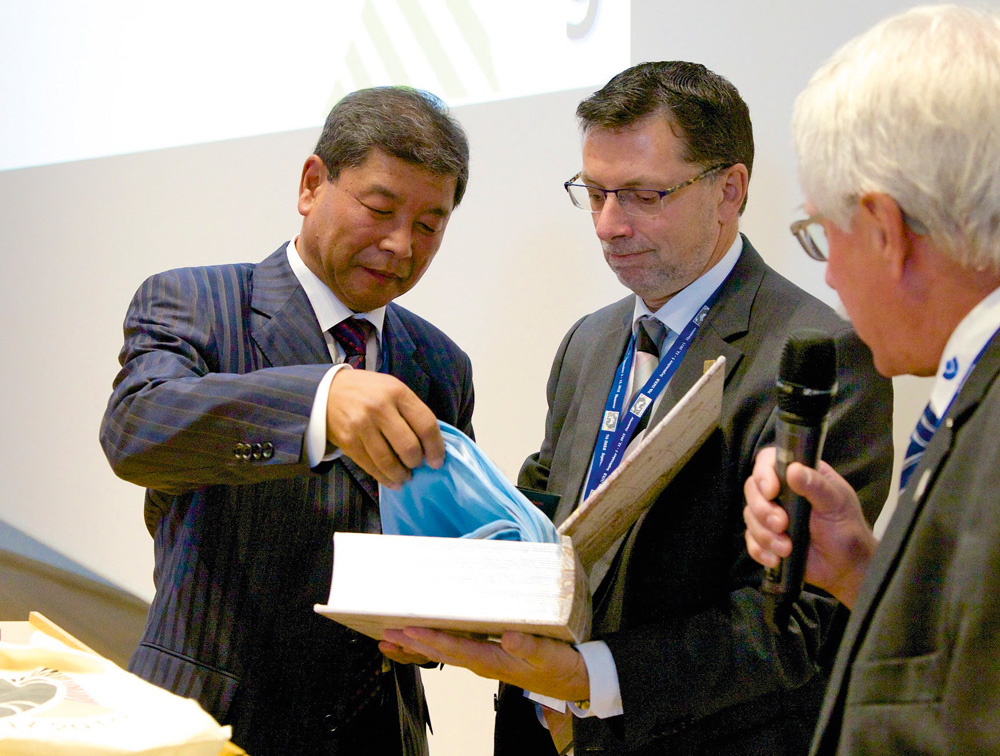
Fig. 1. Alexander Sin (left) receiving IMRB flag from Helmut Ehnes (center) and Wolfgang Roehl (right) at IMRB Germany 2015 Conference. // Bild 1. Helmut Ehnes (Mitte) und Wolfgang Roehl (rechts) übergeben die Fahne des IMRB an Alexander Sin (links) auf der IMRB Conference 2015 in Deutschland. Photo/Foto: IMRB Russia 2017
While still in Germany attending the 7th IMRB conference, Alexander Sin, Head of Directorate of EMERCOM Militarized Mine Rescue Units, proudly accepted the IMRB flag on behalf of EMERCOM of Russia and agreed to host “IMRB Russia 2017” and pieced together his thoughts regarding his vision of the future (Figure 1): “I have a dream. This dream inspires everyone who serves the safety in mining. I have a dream that one day every mine will be accident free, every miner will come back home safe and healthy. I believe with all my heart that step by step, by bringing our efforts together we will fulfill this dream. The coming conference will be the one of these steps.”
The more than 200 mine rescue experts from 22 nations attending the 8th International Mines Rescue Body Conference learned and experienced, first-hand, not only how large Russia is but also how Russia’s mine rescue system is structured and how challenging it is to respond to mine emergencies in such a vast nation. Coming from Canada, you know how large this country is. However, the visit to Russia added a whole new dimension. After being in transit for an entire day, and after having a short layover in Moscow, the mine rescue experts again boarded for a four hour flight which took them to Novokuznetsk which is located four time zones east of Moscow (Figure 2).
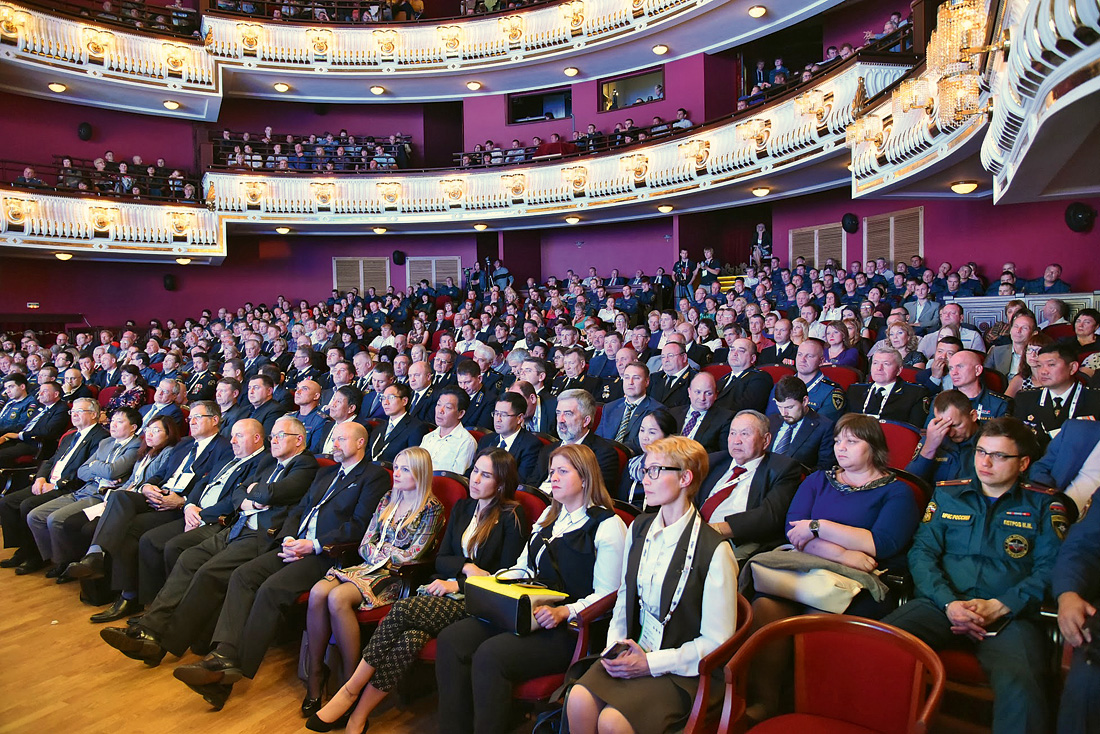
Fig. 2. Opening Ceremonies Novokuznetsk Russia. // Bild 2. Eröffnungsfeier im russischen Novokuznetsk.
Photo/Foto: IMRB Russia 2017
In order to understand size, Russia covers a total of 11 time zones; in other words it was not even half way across this massive nation when the experts arrived in Novokuznetsk. In addition, Russia is the earth’s largest country covering more than 17 m km2 or 11 % of the land surface of our planet. Russia’s population is approximately 145 million inhabitants and there are more than 190 different languages spoken by different ethnic groups.
Mine Rescue in Russia is a professional full-time service with approximately 4,500 mines rescuers who are part of the parent organisation, EMERCOM of Russia which has some 200,000 employees. Vladimir Puchkov is the Minister for “civil defence, emergencies and elimination of consequences of natural disasters” and answers directly to the President of Russia which enables the organisation to deploy all necessary resources in the event of a natural or industrial disaster.
As part of a massive overhaul of mine rescue in Russia, the National Mine Rescue Center is being established in Novokuznetsk which is a city of approximately 500,000 inhabitants in south-western Siberia (Figure 3).
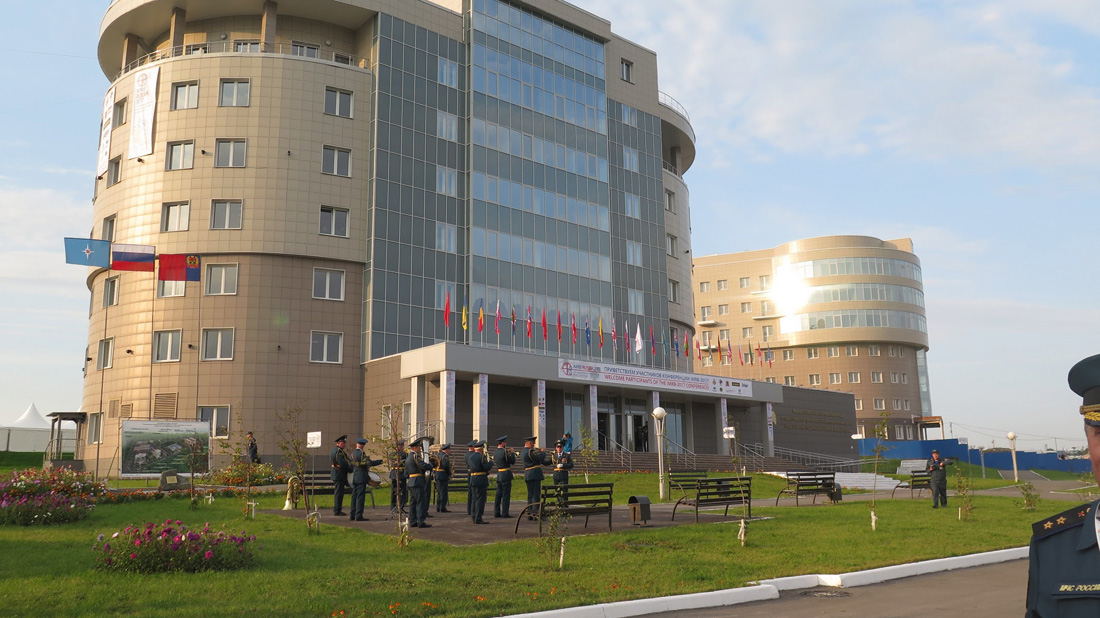
Fig. 3. National Mines Rescue Center Novokuznetsk Russia. // Bild 3. Nationales Zentrum für das Grubenrettungswesen im russischen Novokuznetsk. Photo/Foto: IMRB Russia 2017
This newly-constructed state-of-the-art facility will include training, virtual reality class rooms, research laboratories, medical workshops, rescuer acclimation and evaluation facilities including residence for mines rescuers who will travel from all across Russia to attend training.
The theme of IMRB Russia 2017 was “Extending Knowledge… Improving Safety”; which was flawlessly demonstrated at the National Mine Rescue Center where upon arrival delegates were welcomed by the EMERCOM military band followed by comprehensive tours of this world-class facility.
Conference attendees were provided the opportunity to view existing and new emerging rescue equipment used by EMERCOM’s mines rescue responders. Tours of the facilities and laboratories included everything from exposure to equipment operation in virtual reality settings to demonstration from EMERCOM’s experts and physicians in evaluating the physical and mental capability of mines rescue responders. It was fascinating to learn the importance of relaxation facilities and the unique approaches taken in the prevention and rehabilitation of post incident stress.
In order to show comprehensive preparation of mine rescuers in this new facility, the EMERCOM hosts provided a simulation demonstrating how an emergency may unfold at one of their typical mining operations (Figure 4).
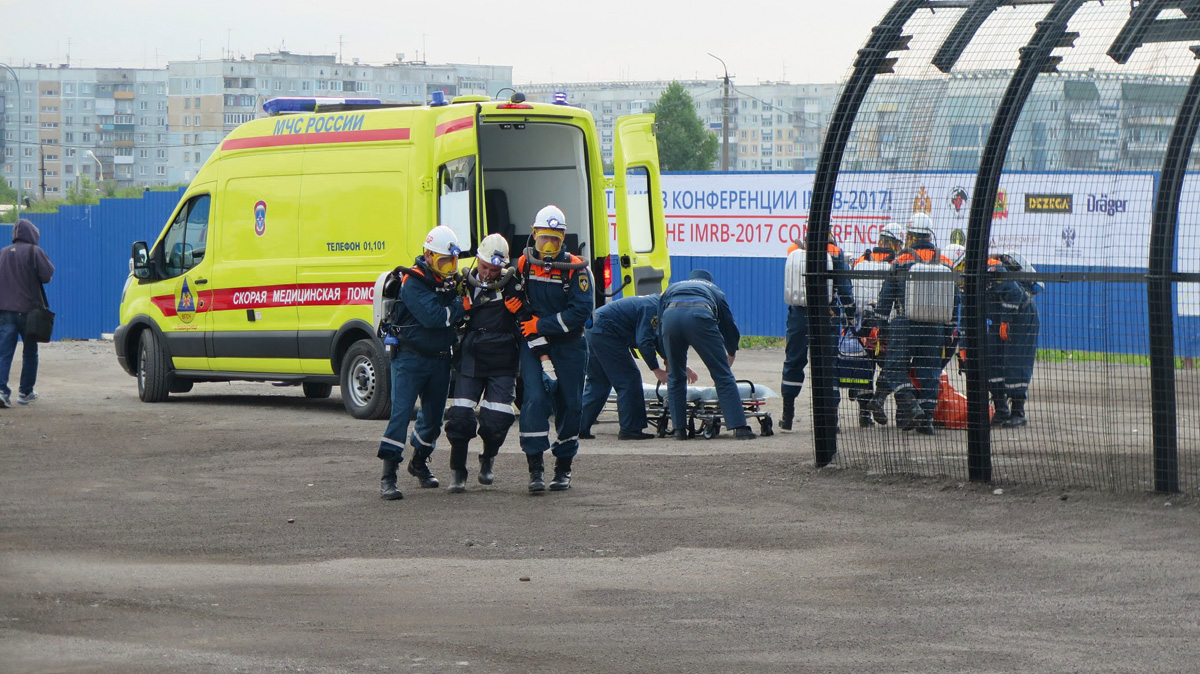
Fig. 4. EMERCOM Mine Rescuers responding to a Mock Mine Emergency. // Bild 4. Die Grubenwehr des Katastrophenschutzministeriums bei der Demonstration eines beispielhaften Rettungseinsatzes. Photo/Foto: IMRB Russia 2017
The audience of more than 200 guests was forewarned that the mock emergency would be initiated with a simulated blast that would start the exercise. A massive explosion that startled the audience initiated the scenario: Several workers collapsed within the mine tunnel being seriously injured. Several emergency response vehicles, manned with mine rescue teams, arrived at the scene and quickly attended to injured workers at one end of the tunnel. Some were taken out on stretchers while others were assisted by being walked out to safety. On the other end of the tunnel, another group of rescuers was fighting a fire with low expansion foam and after several unsuccessful attempts another back-up team resorted to a mobile inertisation unit which finally successfully extinguished the fire.
All the while during the simulation, drones were flying around the site collecting air sampling data and to top off the exercise an EMERCOM helicopter also landed at the site of the emergency to assist with the situation. Although this was a simulation it showed first-hand how well these EMERCOM of Russia mines rescue teams are trained and also it showed the diversity of equipment that is available to their teams in the event of a real-life emergency.
The scientific portion of the program consisted of a plenary session followed by 31 presentations in the following concurrent streams which addressed the topics of:
- emergency preparedness;
- mines rescue operation management system and effective operations;
- future trends; and
- medical support during mines rescue operations.
In addition to technical presentations, “Master Classes” regarding the specific use of their respective equipment were delivered by specialists from DEZEGA and Dräger.
Without doubt, an important aspect of every conference is having the opportunity to network with colleagues and friends to get reacquainted and to discuss business in a casual setting. Numerous “Professional Field Trips” were available to conference attendees and included:
- the Berezovsky open pit mine and the Matyushinskaya coal processing plant (Figure 5);
- the Uvalnaya coal mine;
- the Shedrukhinskaya central processing plant; and
- the SUEK-Kuzbass united center of monitoring, control and analysis.
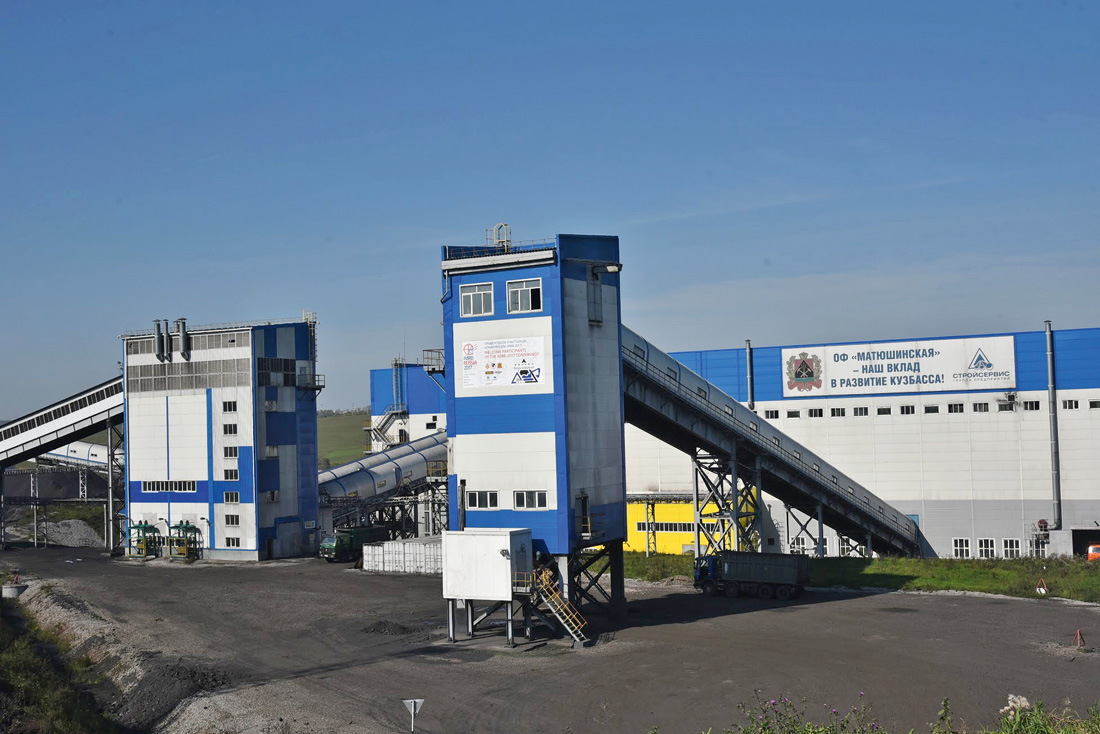
Fig. 5. Matyushinskaya Coal Processing Plant. // Bild 5. Kohleaufbereitungsanlage Matyushinskaya. Photo/Foto: IMRB Russia 2017
All facilities toured during the conference are world-class and reflected leading edge practices similar to any modern mining operation located anywhere in the world.
In addition, conference attendees visited the active underground Moscow Subway construction project and the National Crises Management Center (NCMC) in Moscow. The NCMC is a fully-manned state-of-the-art facility that allows EMERCOM to monitor emergency situations across the entire nation. Since EMERCOM’s mandate is very broad, it allows them to deploy the necessary resources in response to any natural and industrial incident that occurs within the country and may include flooding, forest fires, hurricanes etc. and includes responding to fires, explosions and other emergencies at industrial establishments. In addition, EMERCOM may assist with international humanitarian initiatives if resources are available.
Not only is the city of Saint Petersburg/Russia regarded as the “Venice of the North”, it is also home to one of the oldest and largest university in all of Russia – Saint Petersburg University. Not only was Saint Petersburg Mining University founded by Empress Catherine the Great, it is now one of the most highly respected universities in all Russia.
Conference participants were provided a comprehensive tour of university laboratories and classrooms where they were exposed professors and lecturers who informed them how the university has evolved to be acknowledged as an International Center for Mining Engineering Education under the auspices of UNESCO. The university also hosted a round table discussion regarding “accident prevention in the mining industry” which provided Russian and international delegates the opportunity to provide strategies for global improvement of safety in the mining industry (Figure 6).

Fig. 6. International speciaists round table meetings at Saint Petersburg University, “Making Mining Safe”. // Bild 6. Diskussionsrunde „Den Bergbau sicher machen“ in den Räumlichkeiten der Staatlichen Universität St. Petersburg. Photo/Foto: IMRB Russia 2017
IMRB Business Meeting Novokuznetsk 2017
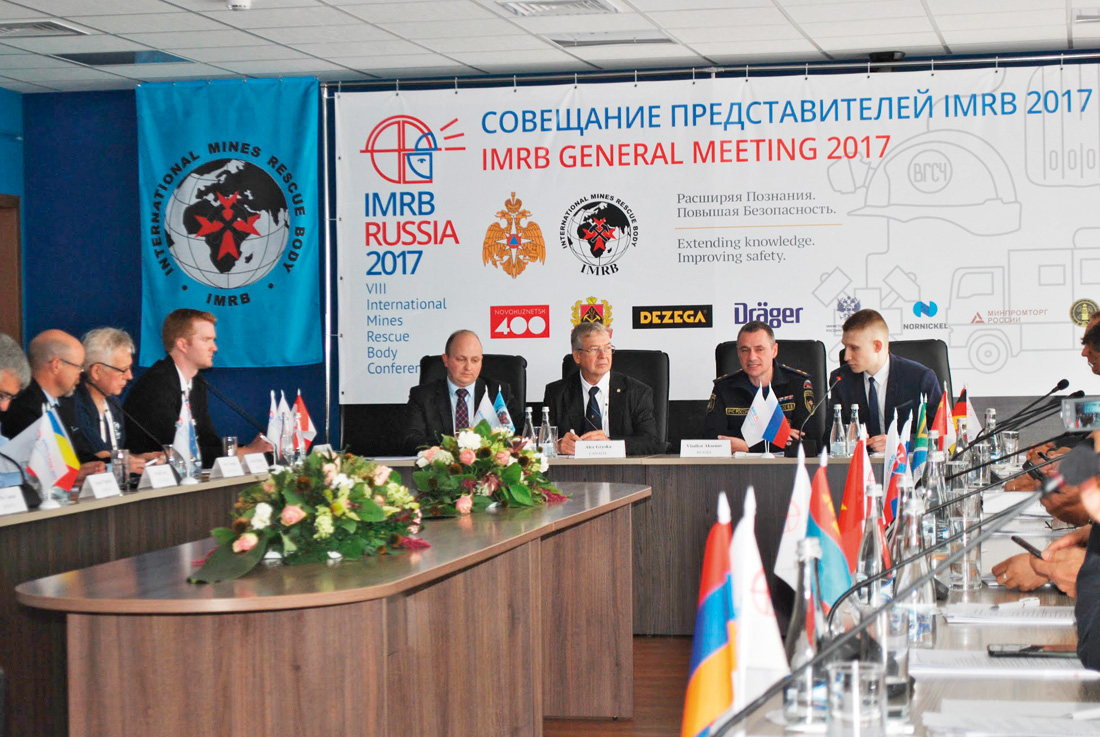
Fig. 7. IMRB Executive Meeting Novokuznetsk Russia 2017. // Bild 7. Hauptversammlung 2017 des IMRB im russischen Novokuznetsk. Photo/Foto: IMRB Russia 2017
The International Mines Rescue Body business meeting was held in Novokuznetsk (Figure 7) and several key resolutions and decisions were made including the following:
Agencia Nacional de Minería (ANM) of Colombia becomes the newest member of the International Mines Rescue Body. Colombia has been participating actively in all International Mines Rescue activities including attending IMRB conferences and International Mines Recue Competitions for several years now.
The International Mines Rescue Body website has been in existence for ten years now and modernization of the website will include a major overhaul. The website can be found at www.minerescue.org.
The next International Mines Rescue Competition “IMRC Russia 2018” will be held in September 2018 in Russia. Information updates will be posted on their website located at www.imrc2018.ru. The exact location within Russia of the competition has not yet been announced. The following information has been released:
- Competition registration will be available from 1st March 2018 to 31st May 2018.
- The competition rules will be posted at the official competition website www.imrc2018.ru by the end of February 2018.
- Mine rescue professionals who wish to participate as
judges must apply by forwarding their CV to the organisers
at imrc2018Russia@gmail.com. - IMRC languages will be English and Russian.
- Manufacturers and developers of mine rescue equipment and technologies will be allowed to demonstrate their products on the exhibition platform of the competition.
Hosts for the next several International Mine Rescue conferences and International Mines Rescue Competitions have been tentatively identified and will be formally acknowledged on the IMRB website over the next several months.
Colombia to Host the Next International Mines Rescue Conference “IMRB Colombia 2019”
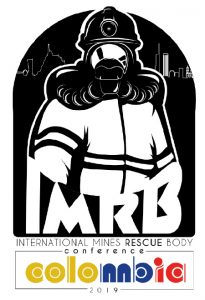
Fig. 8. IMRB Colombia 2019 Logo. // Bild 8. Das Logo der IMRB Konferenz 2019 in Kolumbien. Photo/Foto: IMRB Russia 2017
Bogotá/Colombia will be the center of activity from 7th to 14th September 2019 (Figures 8 and 9) as mines rescue experts from around the world descend on Bogota which is not only the capital of Colombia boasting a population of approximately eight million inhabitants but also the fifth most populated city in the Americas. Bogota is an engaging and vibrant capital cradled by chilly Andean peaks.
Colombia is the first nation from Latin America to become IMRB members and they will be the first South American nation to host the International Mines Rescue conference.
The country is the fourth most populated and fourth largest economy within Latin America. Their economy has been growing at 3.7 %/a for the past five years with a GDP of 233.4 bn US$ in 2016. Key commodities include emeralds, coal, nickel, gold, and copper where the mining sector employs 350,000 jobs and almost 1,000,000 indirect jobs. Mining exports reached 6.8 bn US$ in 2016 and are amount to 225 of total exports.
Colombia has a centralized National Mines Rescue System with approximately 1,800 volunteer mines rescuers employed at mines which are scattered across their entire nation. In addition, they have 35 engineers and mine rescue experts who assist with delivery of their mines rescue program.

Fig. 9. Vladen Aksenov, the Deputy Minister for Civil Defense, Emergencies and Elimination of Consequences of Natural Disasters, passes the Symbolic IMRB flag to Catalina Gheorghe, repre-senting Colombia, the 2019 IMRB host nation. // Bild 9. Vladen Aksenov, stellvertreten-der Leiter des russischen Katastro-phenschutzministeriums, übergibt die Fahne des IMRB an die kolumbianische Repräsentantin Catalina Gheorghe. Photo/Foto: IMRB Russia 2017
Over the past several years Colombia has been hosting a biennial national mine rescue competition. The winner of this event represents the nation at the upcoming International Mines Rescue Competition. This year’s national winner will represent Colombia at “IMRC Russia 2018” next year.
Additional information can be obtained by contacting organisers of IMRB Colombia 2019 at imrb.colombia2019@anm.goc.co.